In the expansive realm of data science, text mining and natural language processing (NLP) stand out as crucial detectives in the language of data, unraveling the mysteries hidden in vast seas of unstructured text. This article delves into the intricate world of these linguistic technologies, highlighting their significance, applications, and the transformative impact they wield in various sectors.
Text mining and NLP are at the forefront of the data science revolution, providing key insights that drive decision-making and strategy in businesses, healthcare, social media, and beyond. Text mining, the process of extracting meaningful information from text, combined with NLP, which allows computers to understand and interpret human language, creates a powerful toolset for data scientists and analysts.
The synergy of text mining and NLP enables the processing of large volumes of data to identify patterns, trends, and sentiments. This capability is particularly vital in today’s digital age, where data is generated at an unprecedented rate. From social media posts and customer reviews to academic articles and clinical notes, the application of these technologies helps turn unstructured text into actionable insights.
In the business world, companies leverage text mining and NLP to gain a competitive edge. By analyzing customer feedback and market trends, businesses can tailor their products and services to better meet consumer needs and preferences. Similarly, in healthcare, these tools help in sifting through medical records and research to improve patient care and advance medical knowledge.
The role of text mining and NLP in social media analytics is also transformative. Organizations use these tools to monitor brand sentiment, track real-time public reactions, and engage with their audience more effectively. By understanding the nuances of language and sentiment, companies can respond to issues swiftly and strategically.
The journey of integrating text mining and NLP into data science is not without challenges. Issues such as understanding context, sarcasm, and ambiguous language require ongoing refinement of algorithms and models. Moreover, ethical considerations around privacy, consent, and data security remain paramount as these technologies continue to evolve.
Despite these challenges, the future of text mining and NLP in data science is promising. With advancements in AI and machine learning, these tools are becoming more sophisticated and accurate, opening up new possibilities for understanding and leveraging language data. As we continue to explore and innovate, text mining and NLP will undoubtedly remain at the heart of data science, offering insights and opportunities that were once beyond our imagination.
As we venture further into the intricacies of text mining and NLP, it’s essential to recognize the emerging trends and innovations shaping these fields. One such trend is the integration of deep learning techniques, which are enhancing the capabilities of NLP systems to understand and generate human-like text. This advancement not only improves the accuracy of language models but also enables more complex applications, such as automated summarization, translation, and even content creation.
Another significant development is the rise of sentiment analysis, a facet of NLP focused on determining the emotional tone behind a body of text. This technology has become a game-changer for businesses and organizations, allowing them to understand consumer sentiments, market trends, and public opinion in real-time. As sentiment analysis tools become more nuanced and capable of detecting subtle emotional cues, they offer a deeper, more sophisticated understanding of human communication.
Furthermore, the evolution of text mining and NLP is increasingly centered around making these technologies more accessible and user-friendly. Tools and platforms are continually being developed to allow non-experts to leverage text mining and NLP capabilities without the need for extensive programming knowledge. This democratization of technology empowers more individuals and organizations to harness the power of language data, fostering a more data-informed society.
However, as the reach and impact of text mining and NLP expand, so does the responsibility to use these tools ethically and responsibly. Issues of data privacy, consent, and the potential for bias in algorithms are critical concerns that need to be addressed. The data science community is actively engaged in research and discussions on how to build fair, transparent, and accountable systems.
Looking to the future, the integration of text mining and NLP with other emerging technologies such as augmented reality (AR) and virtual reality (VR) presents exciting possibilities. Imagine experiencing a virtual environment where you can interact with data in a conversational manner or having an AR system that can understand and respond to your queries in real-time. The potential applications are vast and varied, spanning education, entertainment, and beyond.
In conclusion, the journey of text mining and NLP is one of continuous discovery and innovation. These fields are not static but are constantly evolving, driven by the relentless pace of technological advancement and a deeper understanding of language complexities. As we look forward, it’s clear that text mining and NLP will continue to be pivotal in transforming data into insights, driving informed decisions, and shaping the future of data science. The language detectives of today are paving the way for a tomorrow where our interaction with data is more natural, intuitive, and insightful than ever before.
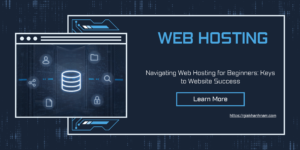

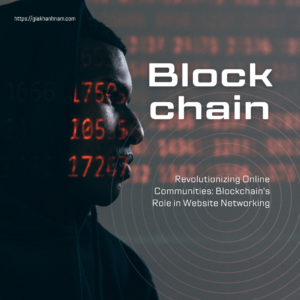
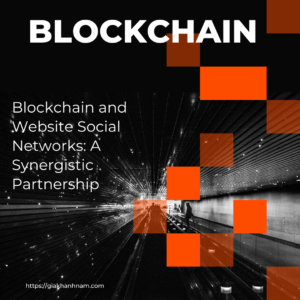
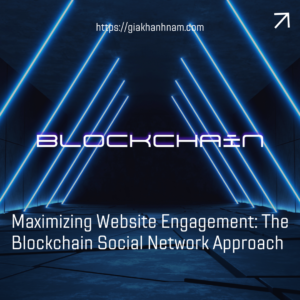
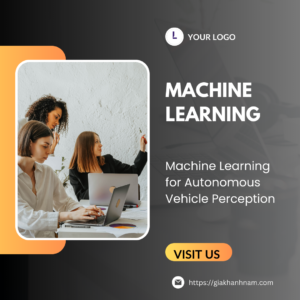



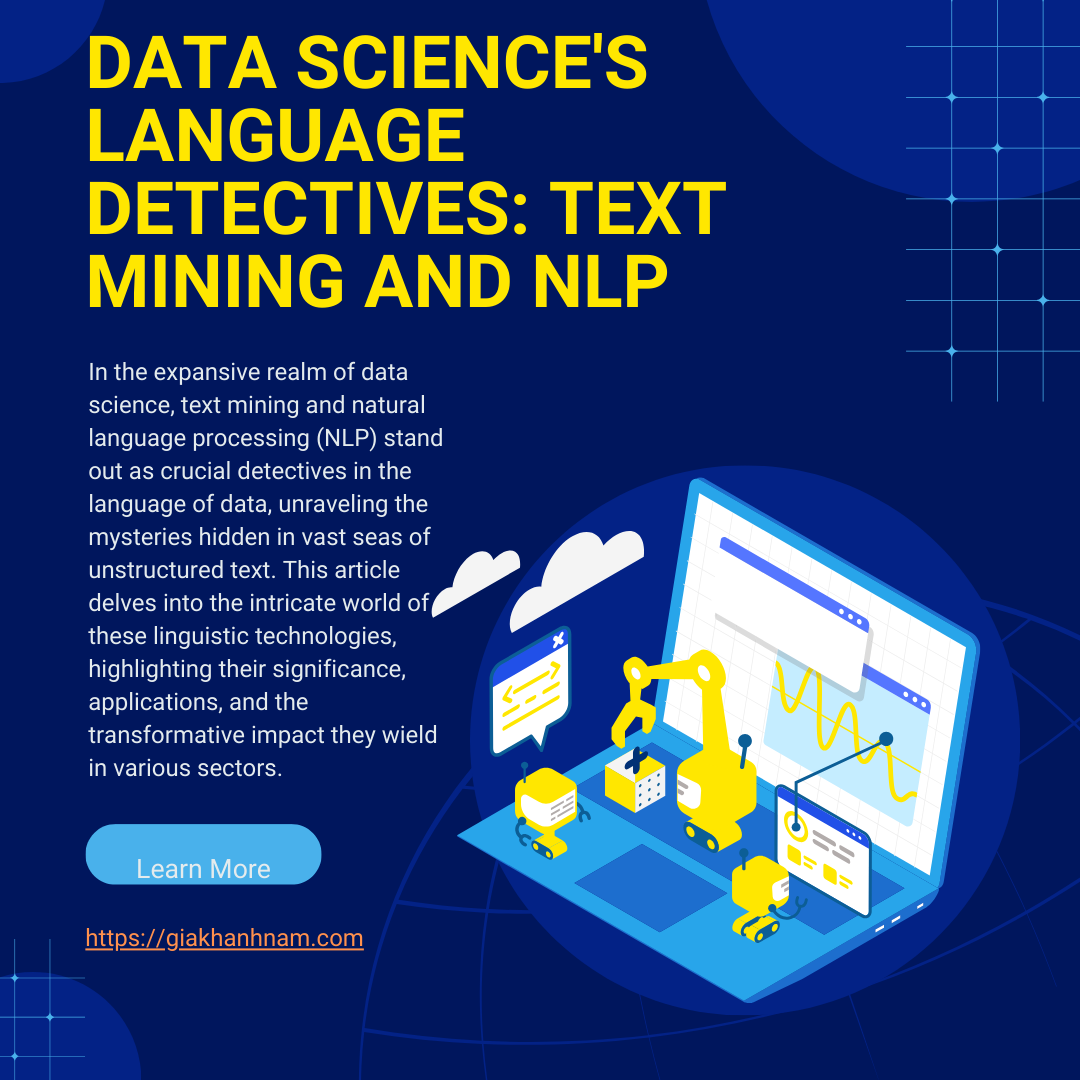
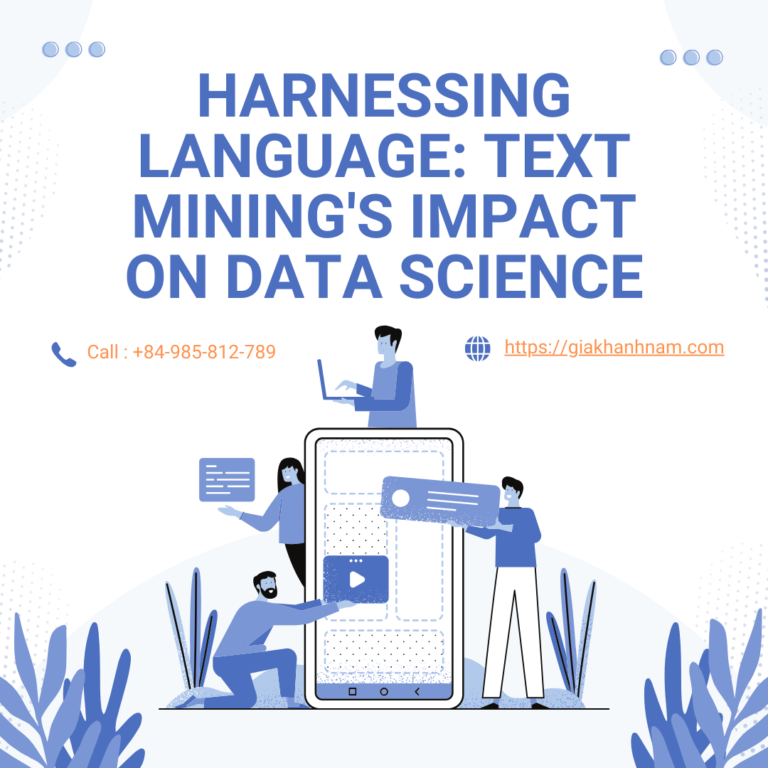
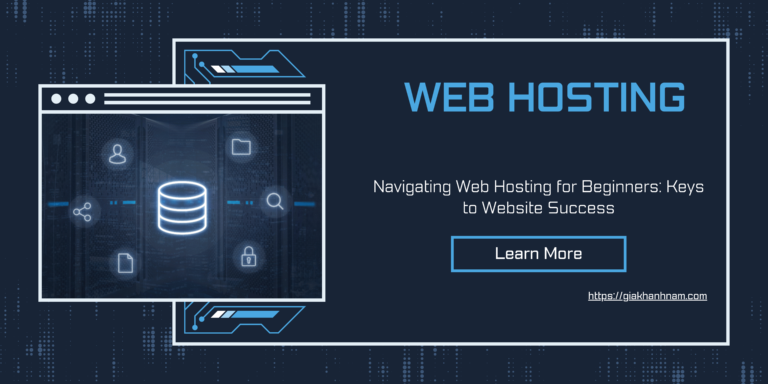
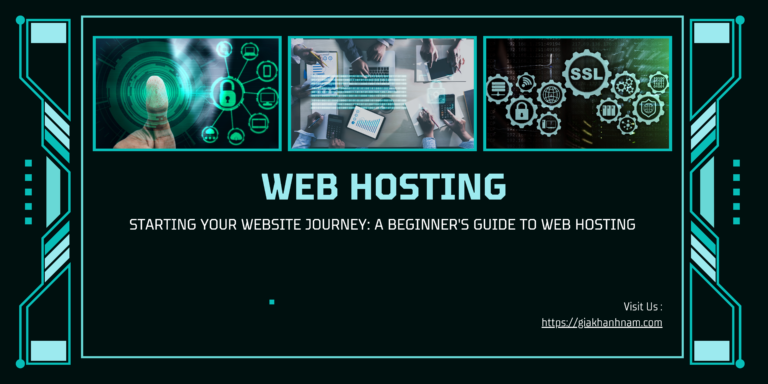
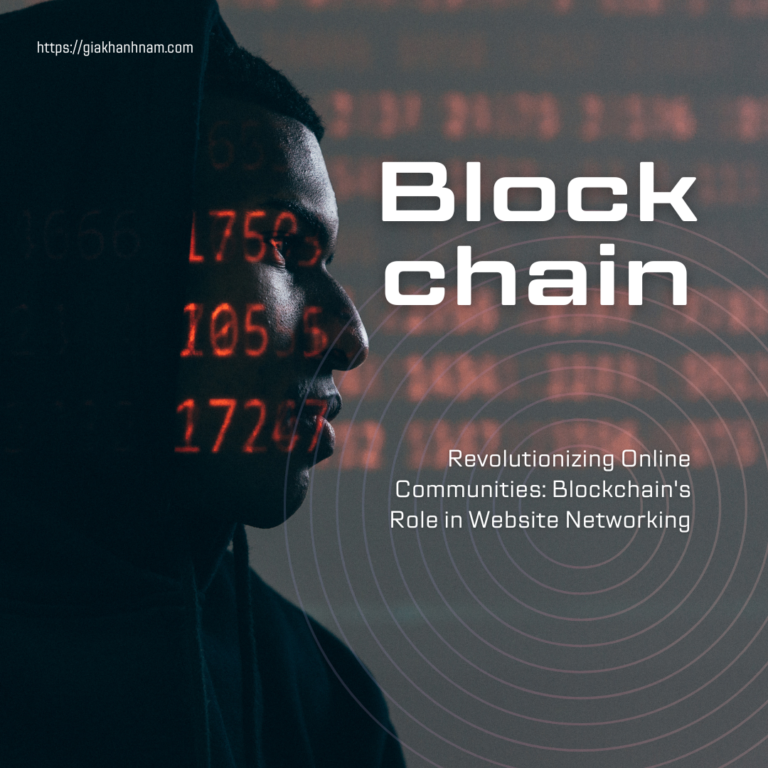
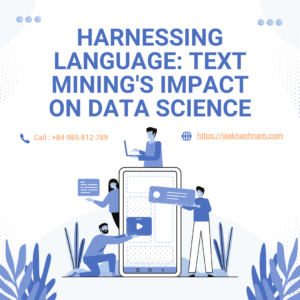
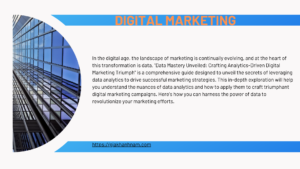
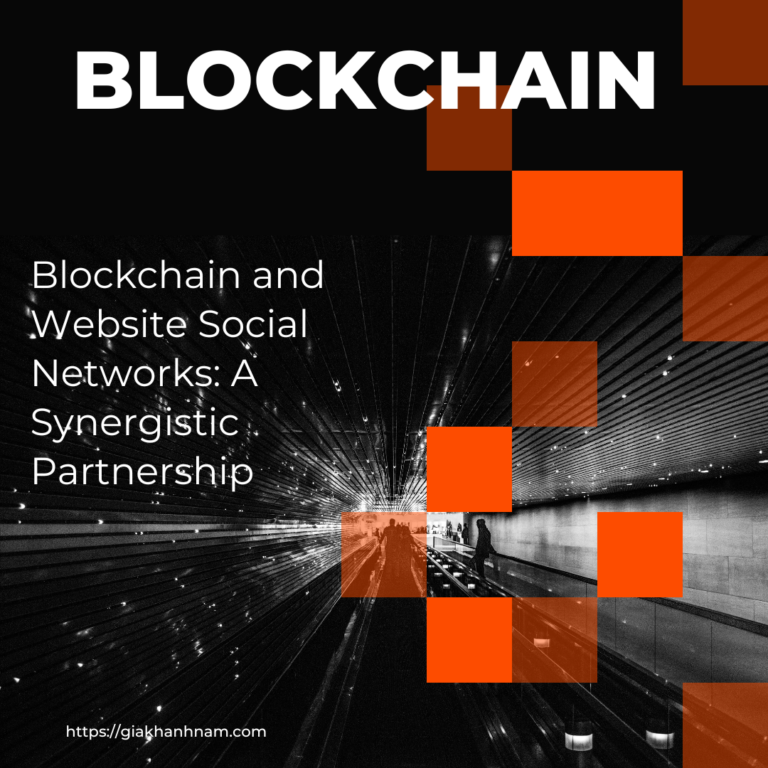

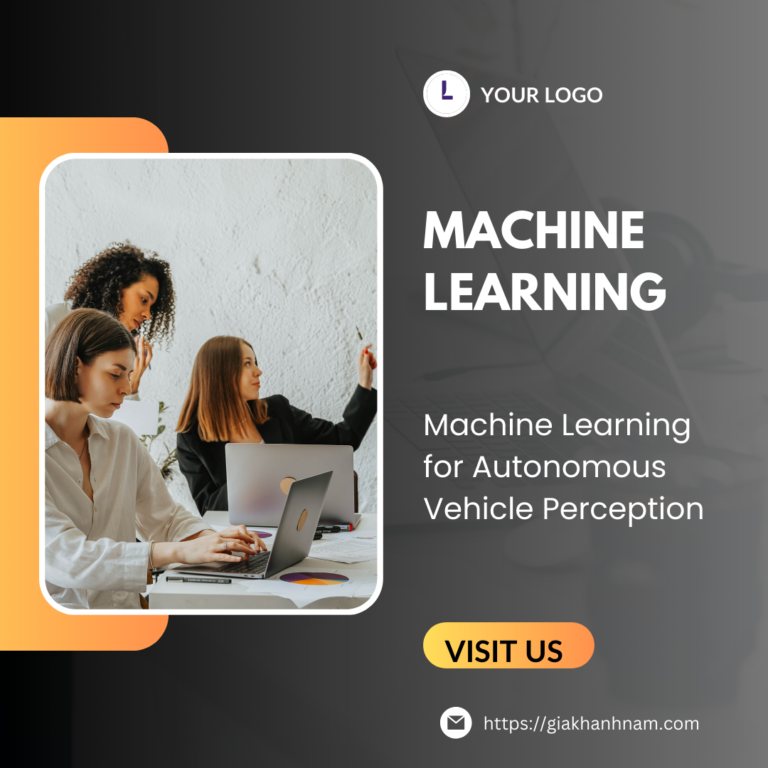


+ There are no comments
Add yours